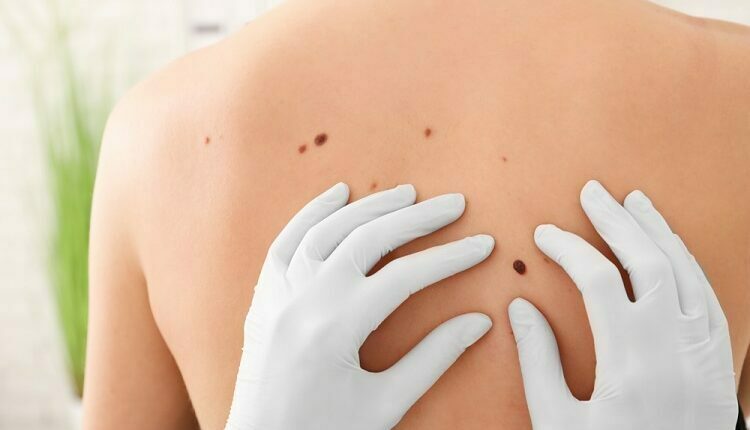Causes And Treatment Options For Skin Cancer
Skin cancer occurs when your skin cells grow and multiply uncontrollably. It commonly affects skin areas exposed to the sun like the face, ears, necks, arms, chest, upper back, hands, and legs. It can also affect areas less exposed to the sun like the toes, hand palms, under the fingernails, feet soles, and genital areas. Skin cancer can develop on any skin tone. Basal cell carcinoma, melanoma, and squamous cell carcinoma are the main types of skin cancer cells. Your specialist, Dr. Luis Vinas West Palm Beach, determines your treatment based on the type of cancer affecting your skin.
Table of Contents
Causes
Exposure to sunlight is the leading cause of skin cancer. Ultraviolet rays from the sun can damage your skin causing abnormal cells formation. Skin cancer can result from regular contact with chemicals such as tar and coal. A family history of skin cancer can increase the chances of developing the condition.
Treatment
Treatment depends on the stage of your cancer. The treatment procedures used include:
Biopsy: Doctors recommend this treatment when your cancer is small and only limited to the skin surface. Biopsy alone can eliminate all the cancer tissues.
Cryotherapy: Your doctor will use this technique if you have precancerous skin lesions known as actinic keratosis and other primary cancers limited to the skin’s top layer. This treatment freezes skin cancer cells using nitrogen.
Excisional surgery: This treatment involves your surgeon removing the tumor and the surrounding healthy tissue to ensure all cancer has been removed.
Mohs surgery: In this technique, your surgeon first removes the visible raised area of your tumor. The surgeon removes a thin layer of skin cancer cells using a scalpel. Immediately after removal, the sample is examined under a microscope. Your specialist will continue drawing and observing additional layers under the microscope until no more cancer cells are seen. Mohs surgery only eliminates the affected tissue avoiding healthy tissue as much as possible. Doctors use this treatment in basal cell and squamous cell cancers and cosmetically vital parts like eyelids, lips, forehead, and ears.
Curettage and electrodesiccation: Your specialist uses an instrument with a sharp looped to remove cancer cells scraping across your tumor. A needle destroys any remaining skin cancer cells. This technique treats basal cell and squamous cell cancers and precancerous skin tumors.
Chemotherapy and immunotherapy: Chemotherapy involves medication to kill skin cancer cells. If your cancer is limited to the skin’s top layer, your doctor will apply anticancer medications directly to your skin surface. In cases where your cancer has spread to other parts, the anticancer drugs will be given as pills or injected intravenously. Immunotherapy uses the individual’s body’s immune system to destroy cancer cells.
Radiation therapy: This treatment method uses intense energy beams to destroy cancer cells or prevent them from growing and dividing.
Photodynamic therapy: In this process, your doctor coats your skin with medication, and then a blue or red fluorescent light activates it. Photodynamic therapy destroys precancerous cells alone, leaving normal cells untouched.
Early treatment of skin cancer can prevent severe skin damage. If you see any skin abnormality like a lump, ulcer, or lesion, visit your doctor for diagnosis and analysis. Schedule an appointment with Luis A. Vinas, MD, for skin cancer treatment to prevent permanent skin damage.

